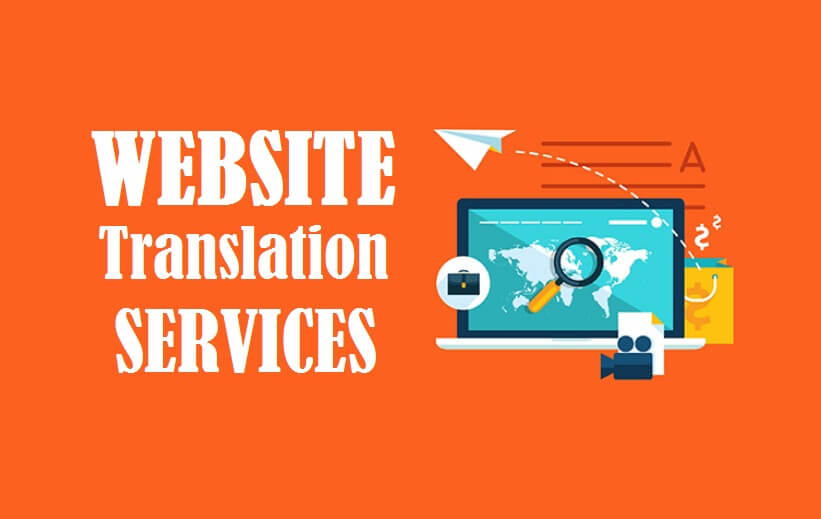Translations are used when you want to publish your content in multiple languages. This is done to allow you to easily expand your business into entirely new markets with different audiences. But have you ever considered the strategies that can assist your business in growing?
It is critical to use the proper content translation strategies in order to reach a larger audience. Businesses seek the assistance of translation experts to help them establish stronger bonds with more customers for a more efficient reach. If a business decides to translate its content, the next step is to figure out how to obtain it. There are several companies that provide excellent content translation but do not take a one-size-fits-all approach.
4 Top Content Translation Strategies
1. Website content translation
The face of an internet business is referred to as a website. It’s one of the most important content assets. Only the best translation can assist a good and well-maintained website gain attention. You must translate your website content into target region languages in order to make your solutions available in other areas. Expanding your horizons by learning new languages is a great way to do so. When you deal with a translation business, this becomes a lot easier. Your chosen agency will ensure that your website connects with your target audience using local content.
2. Social Media Content Translation
There are one billion active users on social media. There are millions of reasons to translate your social media content when there are millions of consumers on social media. To post the information in the target language, you must choose the appropriate social media channels. Market research will be used to inform this decision. Data analytics on your following are provided by social media networks. You can use this to find out who is following you and what languages they speak. Analytics can also assist you to figure out which nations have the majority of your following.
3. Press Release Content Translation
Press releases are vital, and translating them into new languages allows you to reach a larger audience. When press releases are written in the publisher’s language, they are more likely to be published. Working with a language translation business will allow you to use the translation in a variety of industries. The press releases include industry-specific language, and one of the biggest advantages of professional content translation is that it uses a translator who specializes in that subject.
4. Translation of Video Content
Interviews, tutorials, reviews, recorded events, ads, documentaries, and other types of video fall into several categories. Videos will make up significantly more of all online traffic as Internet usage grows, and in the next few years, they may account for more than 82 percent of all internet traffic. If you want to develop a business video, translating it is a crucial step in increasing viewership. Subtitles and voiceovers of the highest quality must be available for the content. This can assist you in attracting new audiences from other languages.
A professional business that provides subtitling and voiceover can help you with this. It’s advisable to look for an agency that can give what you’re looking for before hiring. Human translation has real advantages over software translation, and the company you hire must give competent labor rather than automatic translation.
CONCLUSION
It is critical to collaborate with the best source for the best Content Translation for your company. It has the potential to be one of the most fruitful content partnerships. To give you the best level of quality, a professional language translation business like Verbolabs works through many translation stages.


